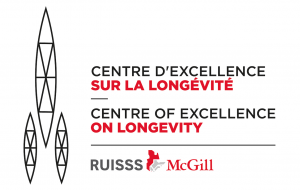Associating Brain Structure Covariance and Gait Control in Aging
Background
Structural and functional brain imaging methods have identified age-related changes in the brain structures involved in gait control.
Objective
- To investigate grey matter networks associated with gait control in aging using structural covariance analysis
Methods
The design is a cross-sectional study Walking speed was measured in 326 non-demented community-dwelling elders (age 71.3±4.5; 41.7% female) under three different walking conditions: Normal walking, normal walking + two challenging tasks, one motor (i.e.; fast speed) and one attention-demanding (i.e.; backward counting) executed in a dual-task context.
Results
Three main individual grey matter regions were positively correlated with walking speed (i.e.; slower walking speed was associated with lower brain volumes): Right thalamus, right caudate nucleus and left middle frontal gyrus; for normal walking, rapid walking, and dual-task walking conditions, respectively. The structural covariance analysis revealed that prefrontal regions were part of the networks associated with all walking conditions; the right caudate was associated specifically with the hippocampus, amygdala and insula for the rapid walking condition and the left middle frontal gyrus with a network involving the cuneus for the dual-task condition.
These results suggest that brain networks associated with gait control vary according to walking speed and depend on different walking conditions. Gait control in aging involves a broad network of cerebral regions, including regions for emotional control, which are solicited in challenging walking conditions.
Partners
Angers University Hospital, France
Department of Neurology, Geneva University Hospital, Switzerland
Institut universitaire de gériatrie de Montréal, University of Montreal



